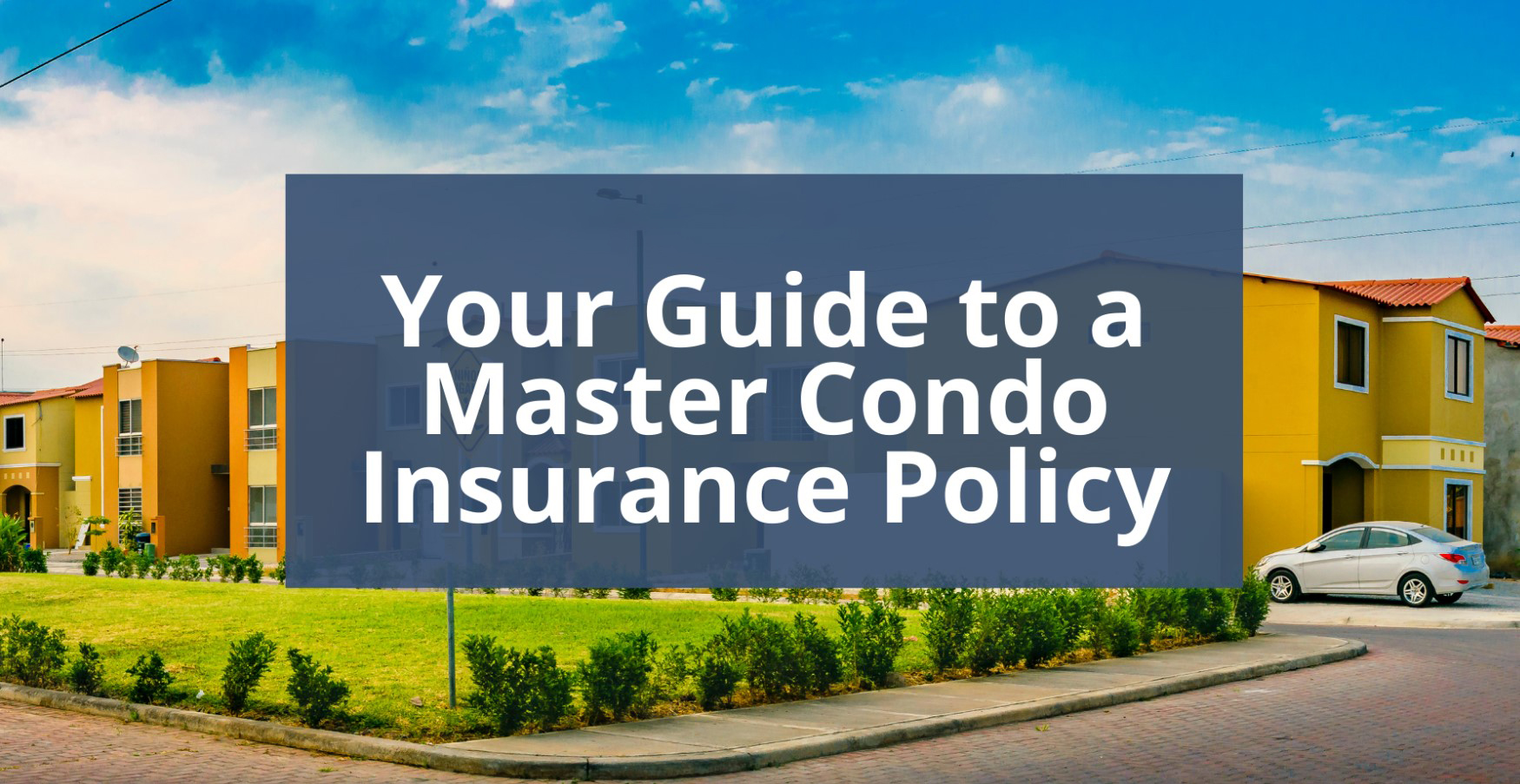If you’re part of a condo association, ensuring your property is adequately protected is paramount. From unforeseen disasters to liability claims, having the right insurance coverage can save you from financial headaches down the road. In this comprehensive guide, we’ll explore the various insurance options available to condo associations, helping you navigate through the complex world of insurance.
Understanding Condo Association Insurance
Condo association insurance, also known as master insurance, is a policy purchased by the association to protect the common areas of the condominium complex. These common areas typically include the building’s exterior, hallways, elevators, and amenities such as swimming pools or gyms.
Types of Condo Association Insurance
1. Property Insurance
Property insurance covers the physical structure of the condominium complex, including the building itself and any common areas. It protects against damage from fire, theft, vandalism, and natural disasters such as hurricanes or earthquakes.
2. General Liability Insurance
General liability insurance provides coverage for bodily injury or property damage that occurs on the condo association’s property. This can include slip-and-fall accidents, damage to a resident’s personal property, or legal expenses resulting from a lawsuit.
3. Directors and Officers (D&O) Insurance
D&O insurance protects the condo association’s board members and officers from personal liability in the event of lawsuits alleging mismanagement or negligence. It covers legal fees and damages awarded against the board members individually.
4. Fidelity Bond Insurance
Fidelity bond insurance, also known as employee dishonesty coverage, protects the condo association from financial losses due to fraudulent acts committed by employees or board members. This can include theft, embezzlement, or forgery.

Factors to Consider When Choosing Insurance
1. Coverage Limits
Ensure that the insurance policy provides adequate coverage limits to protect the condominium complex and its assets. Review the policy carefully to understand what is covered and any exclusions that may apply.
2. Deductibles
Consider the deductible amount associated with the insurance policy. A higher deductible typically results in lower premiums but requires the condo association to pay more out-of-pocket in the event of a claim.
3. Claims History
Review the condo association‘s claims history to identify any recurring issues or areas of concern. This can help determine the level of coverage needed and may impact insurance premiums.
4. Insurance Providers
Research different insurance providers to find one that specializes in condominium association insurance. Look for companies with a strong financial rating and a reputation for excellent customer service.
5. Special Assessments
Evaluate the potential need for special assessments in the event of a large insurance claim. Determine whether the association has sufficient reserves or if additional coverage is necessary to avoid financial strain on unit owners.
6. Additional Coverages
Explore optional coverages that may be beneficial for your condo association, such as umbrella insurance or equipment breakdown coverage. These additional policies can provide an extra layer of protection against unforeseen events.
7. Review Periodically
As the needs of your condo association evolve, adjustments to coverage may be necessary to address new risks or changes in property value.
8. Work with an Insurance Professional
Consider working with an insurance professional who specializes in condominium association insurance. They can provide expert guidance tailored to your specific needs and help you navigate the complexities of insurance coverage.
9. Educate Residents
Educate residents about the importance of insurance and their individual responsibilities. Encourage unit owners to purchase their own insurance policies to protect their personal property and liability.
10. Emergency Preparedness
Develop an emergency preparedness plan that includes provisions for insurance claims and communication protocols in the event of a disaster. Having a plan in place can help minimize disruptions and facilitate a swift recovery process.
Conclusion
In conclusion, navigating the world of insurance options for condo associations can be complex, but it’s essential for protecting your property and assets. By understanding the various types of insurance available, considering important factors such as coverage limits and deductibles, and regularly reviewing your policies, you can ensure that your condo association is adequately protected against potential risks and liabilities. Remember, working with insurance professionals and educating residents are key components of a comprehensive insurance strategy. With the right coverage in place, you can have peace of mind knowing that your condominium community is prepared for whatever the future may hold.
